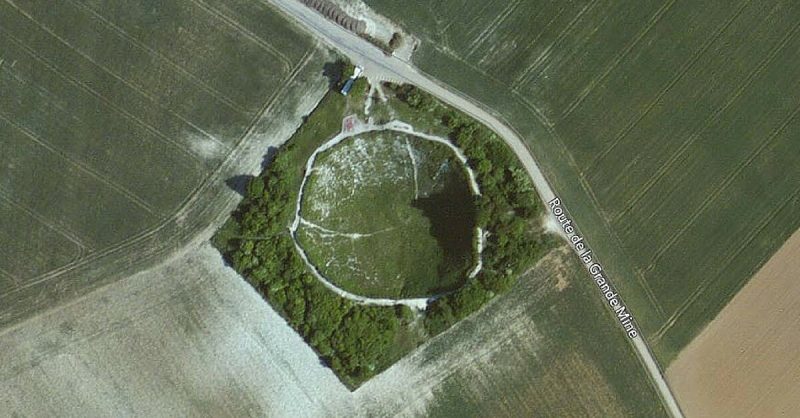World War One trenches have left scars in the landscape of France and Belgium and they can now be viewed via Google earth and Bing Maps.
Almost 100 years after the end of the slaughter, images of the very trenches in which so many lost their lives can be viewed from anywhere in the world from your PC, Tablet or smartphone.
In this virtual battlefield tour we will take a look at the battles of the Somme.
Beaumont-Hamel
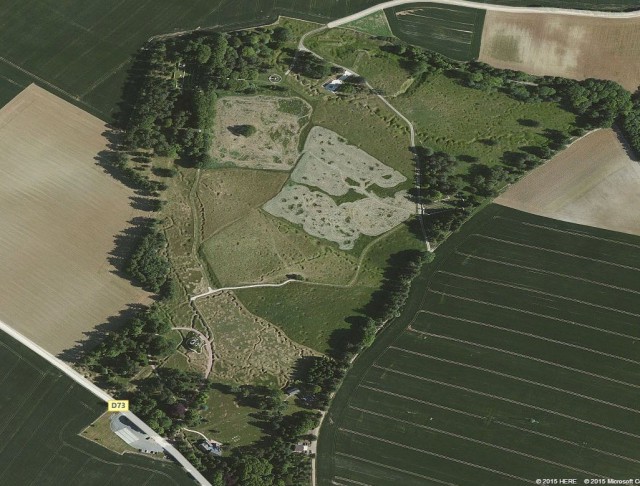
At the site of the Battle of Beaumont-Hamel there is also uneven ground left from the devastation of a battle fought by Canada’s First Newfoundland Regiment, among others. Today the Newfoundland Memorial Park stands on the site. In just one day in 1916 fewer than 70 men from the 800-man regiment survived the battle.
Thiepval Memorial
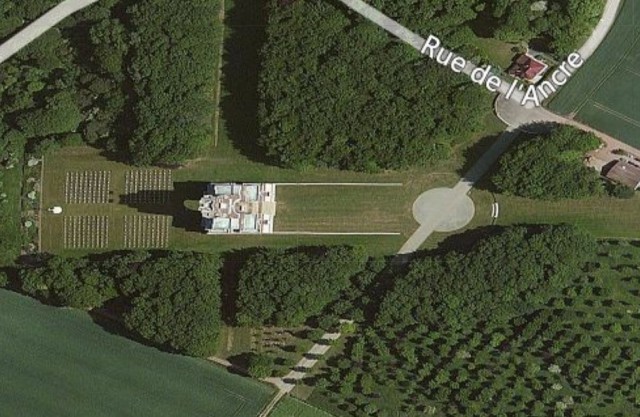
The Thiepval Memorial to the Missing of the Somme is a war memorial to 72,195 missing British and South African men, who died in the Battles of the Somme of the First World War between 1915 and 1918, with no known grave. It is near the village of Thiepval, Picardy in France. A visitors’ centre opened in 2004
But it isn’t just memorials that can be seen from the air, in the fields next to the Thiepval memorial the old German front lines can still be seen in the fields:
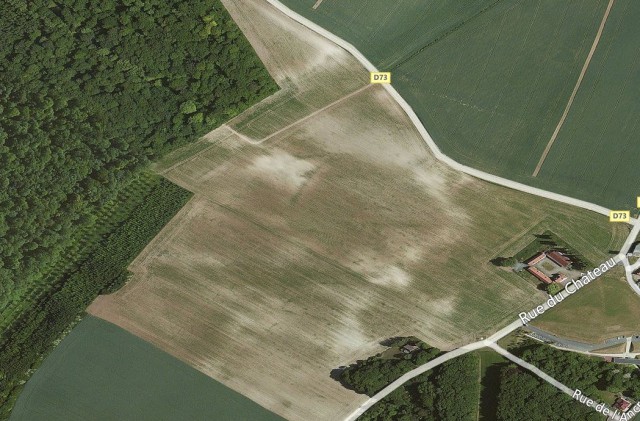
Cemeteries that are everywhere in the landscape can clearly be seen:
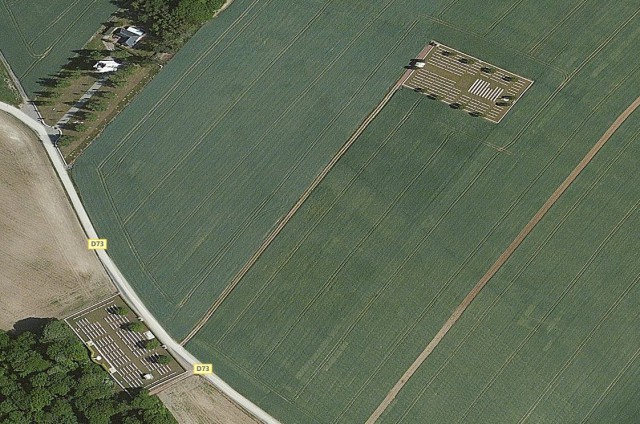
At Mill Road Cemetery 1,304 Commonwealth servicemen buried or commemorated in the cemetery. 815 of the burials are unidentified but there are special memorials to three casualties believed to be buried among them and three others buried in Divion Road Cemetery No.1, whose graves were destroyed by shell fire.
At Connaught Cemetery there are 1,268 Commonwealth servicemen buried or commemorated in the cemetery. Half of the burials are unidentified, but special memorials commemorate two casualties believed to be buried among them and five buried in Divion Wood Cemetery No.2, whose graves could not be found on concentration.
The Ulster Tower is Northern Ireland’s national war memorial. It was one of the first Memorials to be erected on the Western Front and commemorates the men of the 36th (Ulster) Division and all those from Ulster who served in the First World War.
The memorial was officially opened on 19 November 1921 and is a very close copy of Helen’s Tower which stands in the grounds of the Clandeboye Estate, near Bangor, County Down, Northern Ireland. Many of the men of the Ulster Division trained in the estate before moving to England and then France early in 1916.
Lochnagar Crater
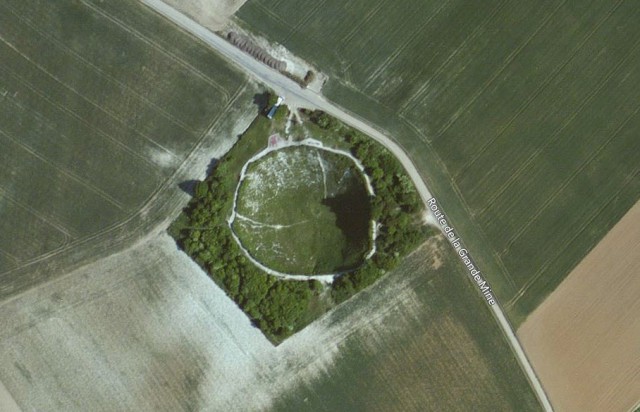
The Lochnagar mine was a mine dug by the Tunnelling Companies of the Royal Engineers under a German field fortification known as Schwabenhöhe, in the front lines at the Somme offensive. The mine was named after Lochnagar Street, the British trench from which the gallery was driven.
It was one of eight large and eleven small mines that were placed beneath the German lines on the British section of the Somme front. The Lochnagar mine was sprung at 7:28 a.m. on 1 July 1916, the First day on the Somme. The crater was captured and held by British troops but the attack on either flank was defeated by German small-arms and artillery fire, except on the extreme right flank and just south of La Boisselle, north of the new crater. The crater has been preserved as a memorial, where a service is held on 1 July each year.
Pozieres Cemetery and Memorial
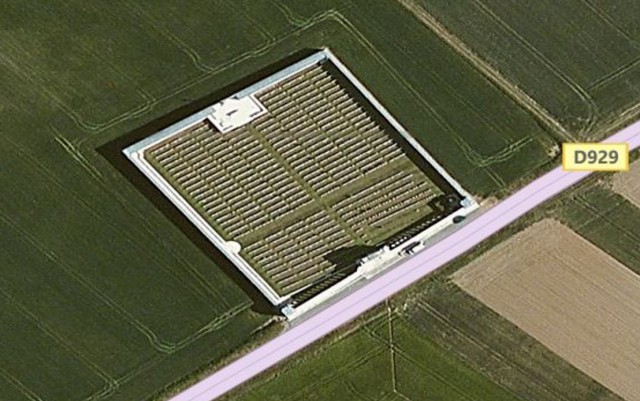
There are now 2,760 Commonwealth servicemen buried or commemorated in this cemetery. 1,382 of the burials are unidentified but there are special memorials to 23 casualties known or believed to be buried among them. There is also 1 German soldier buried here.
The cemetery is enclosed by the POZIERES MEMORIAL, which relates to the period of crisis in March and April 1918 when the Allied Fifth Army was driven back by overwhelming numbers across the former Somme battlefields, and the months that followed before the Advance to Victory, which began on 8 August 1918.
The Memorial commemorates over 14,000 casualties of the United Kingdom and 300 of the South African Forces who have no known grave and who died in France during the Fifth Army area retreat on the Somme from 21 March to 7 August 1918. The Corps and Regiments most largely represented are The Rifle Brigade with over 600 names, The Durham Light Infantry with approximately 600 names, the Machine Gun Corps with over 500, The Manchester Regiment with approximately 500 and The Royal Horse and Royal Field Artillery with over 400 names.
Delville Wood / Longueval
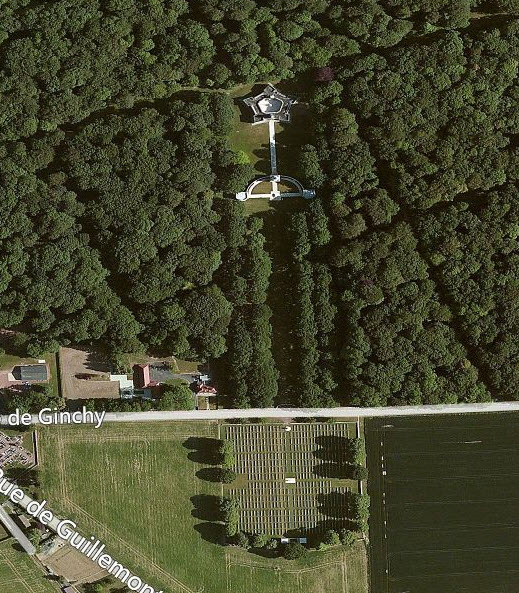
The Delville Wood South African National Memorial is located near the commune of Longueval, in the Somme. It is opposite the Delville Wood Commonwealth War Graves Commission Cemetery, on the other side of the Longueval–Ginchy road.
There are 5,523 burials and commemorations in the Delville Wood cemetery. 3,593 of the burials are unidentified but there are special memorials to 27 casualties known or believed to be buried among them. Other special memorials record the names of three soldiers buried in Courcelette Communal Cemetery German Extension, whose graves were destroyed by shell fire.
Fricourt German Cemetery
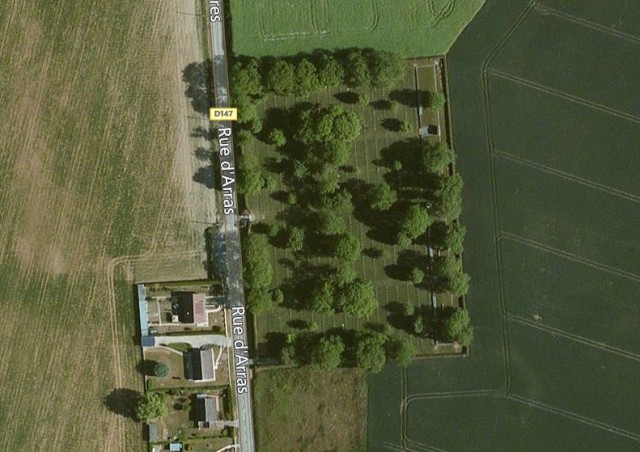
Fricourt German war cemetery is near the village of Fricourt, near Albert, Somme. Most of the fallen were members of the Imperial German 2nd Army.
Of the 17,031 burials, about 1,000 died in the autumn of 1914 and the ensuing trench warfare; about 10,000 during the Battle of the Somme (July-November 1916); and the final 6,000 in the Spring Offensive of 1918 and the ensuing Allied counter-attack, the Hundred Days offensive.
Sources:
